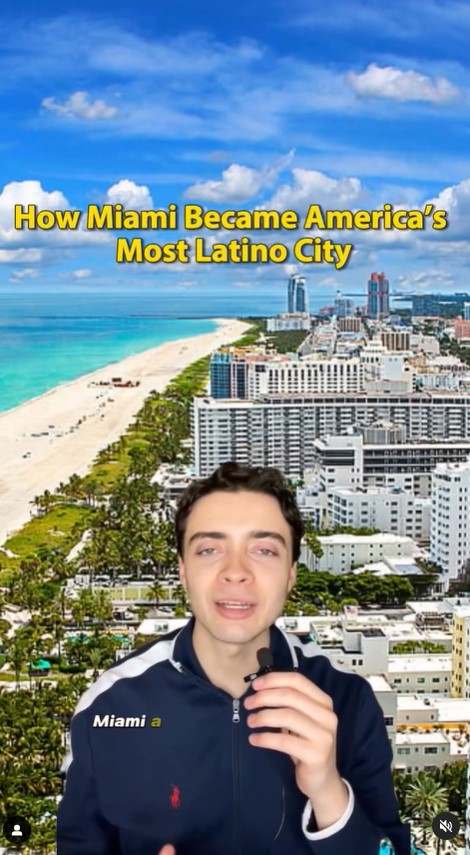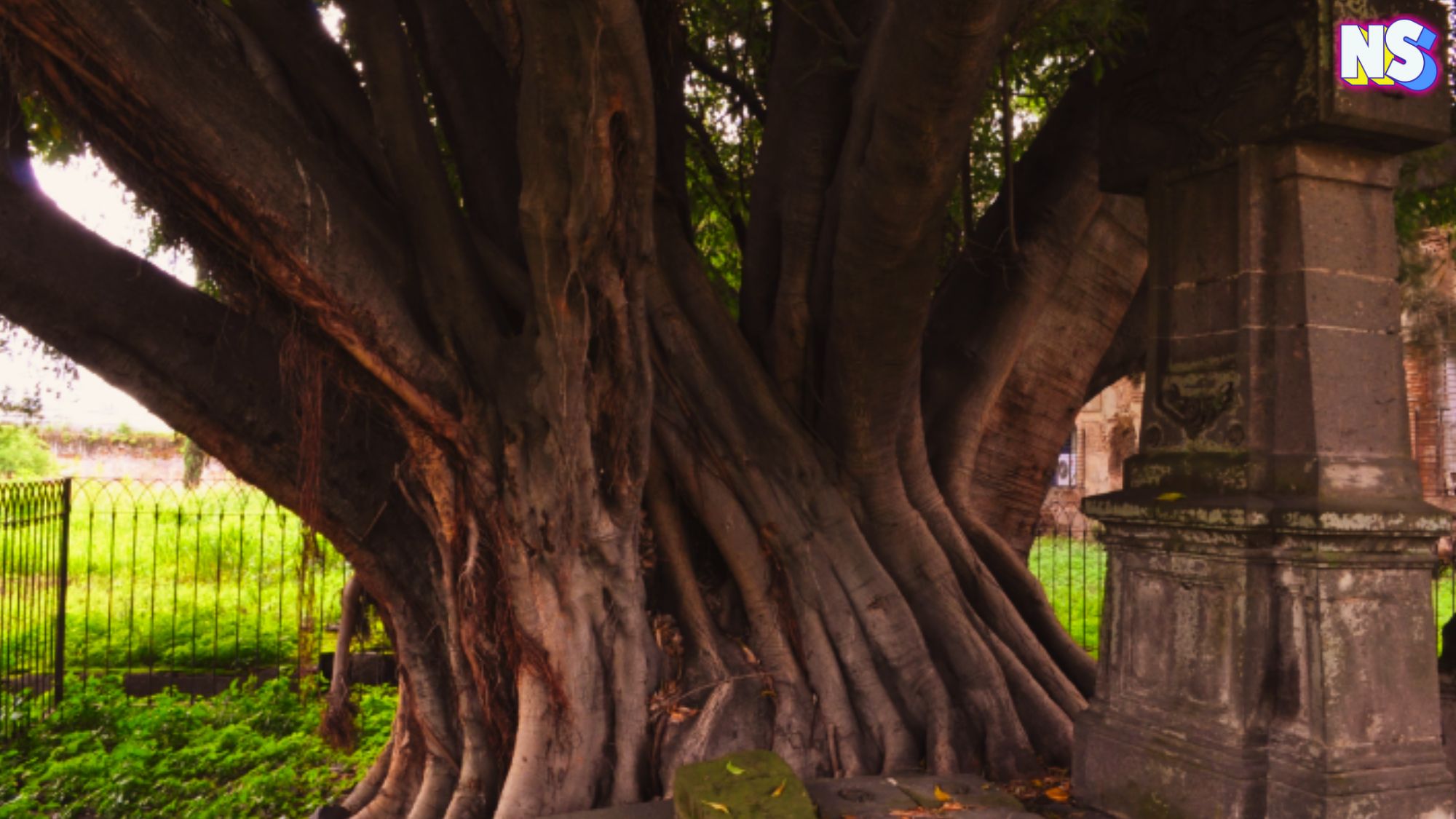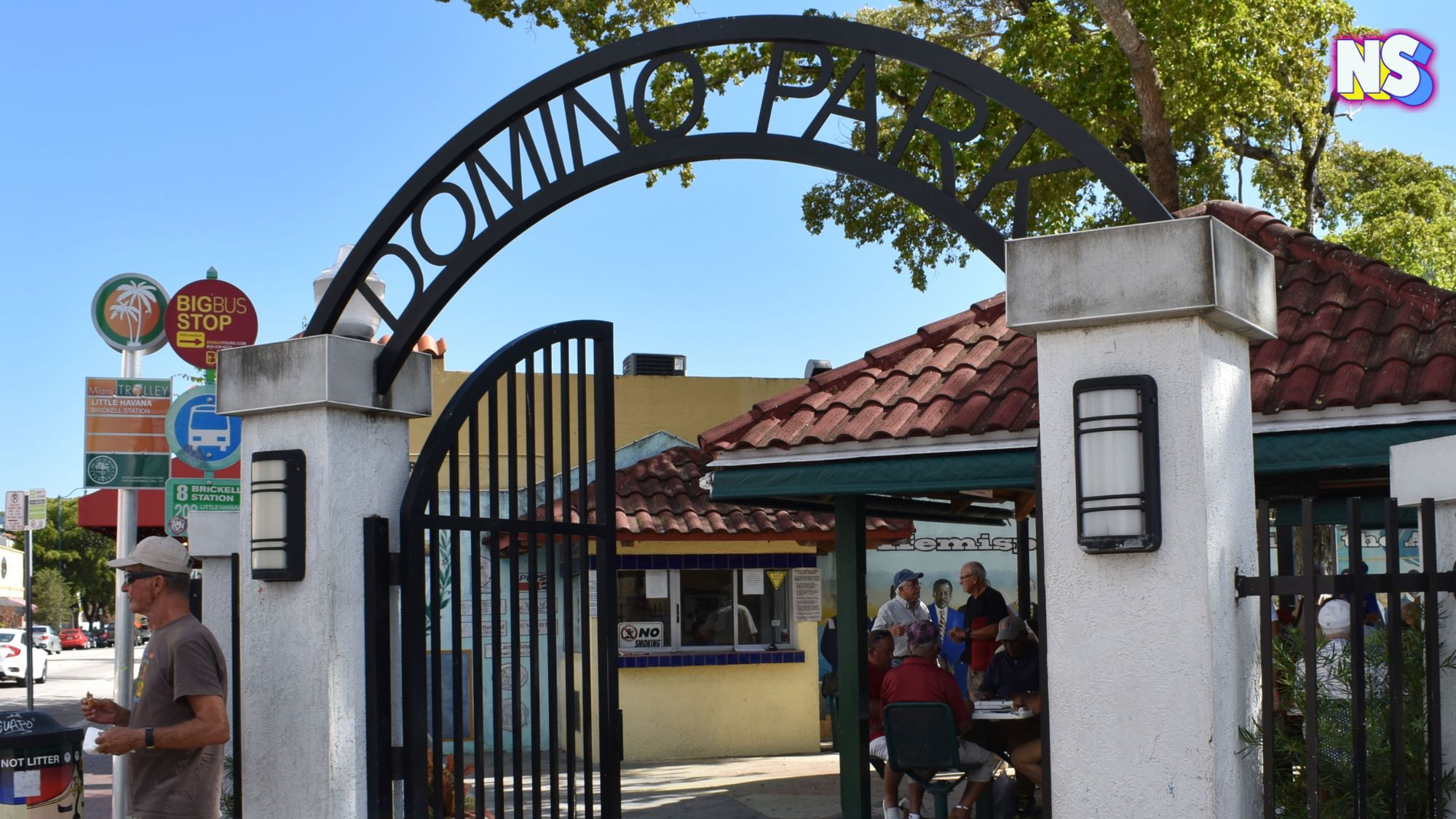After days of being indoors thanks to the relentless rain and flooding, my daughters and I hopped in the car for a much-need paseo around our favorite Miami neighborhood, Coconut Grove. Known for its lush landscapes, the Grove, as we locals call it, never fails to surprise and inspire us city gals. Sometimes, if we're lucky, we find a new hidden gem down one of its historic streets. On this particular day, we turned down a less-traveled road, and something very different caught our eye. It seemed out of place in our fast-paced modern-day Miami. We had stumbled upon the Plymouth Congregational Church, an architectural marvel sitting pretty in broad daylight. It felt like a discovery waiting to be made, a secret happy to reveal itself. It was as if it belonged to another country or even in another era. We just had to know the story of Plymouth Congregational Church.
The Story of Plymouth Congregational Church
The historic Plymouth Congregational Church was completed in 1917, and is actually a little piece of Mexico hidden within an urban jungle. Modeled after the old Spanish missions of Mexico, its not wonder why the unique design still stands out in the tropical Magic City.
Turns out, Miami's early pioneers attended the church, which they described as "modern" back then.
“About a year after the incorporation of the City of Miami, Plymouth Congregational Church was founded on McFarlane Road as Union Chapel in 1897,” the church’s website explains. “At its first service, the Rev. James Bolton led six men and two women by the light of oil lamps in a small chapel erected on land donated by Commodore Ralph Munroe.”
As we explored the grounds, we took pictures and videos of it all. Amazingly, just one man, Felix Rebom, a Spanish-born master stonemason, built the church using only a hatchet, a trowel, a plumb line, and a T-square. His dedication to authenticity and craftsmanship was evident in every stone and archway.
We ventured into the church through a side door. It was a trip back in time. None of us heard the cars passing on the nearby busy road outside. What cars? This wasn’t Miami. Not at this moment.
“There was a fire at one point,” the church’s wedding coordinator told me. She was inside waiting for a bridal party to arrive for rehearsals. I asked more questions, while I had her attention. “The stone structure was unharmed. … the building stands today just as it did over 100 years ago,” she added. I could tell she was in awe of the building's beauty too.
A Historic Place
In the 1950s, the church’s main entrance, a large door with a large skeleton key, was imported from Spain, as part of an expansion. “The door itself is approximately 375 years old and came from a monastery in the Pyrenees Mountains. Made of hand carved walnut backed with oak, it still retains its original hand wrought iron fittings,” according to a report by the City of Miami Planning Department.
And in 1974, the Plymouth Congregational Church was added to the U.S. National Register of Historic Places.
“Plymouth Congregational Church is an outstanding example of Spanish Mission style architecture, particularly evident in its twin bell towers, curvilinear gable roof, and side arcades,” the City of Miami Planning Department explains.
Today, the church serves as a place of worship and even live streams its Sunday service on YouTube. It’s also home to a preschool and a sought-after venue for weddings.
It’s also a serene sanctuary that bridges the gap between eras and offers a peek into Miami's hidden history. I wonder what else this city is hiding. Time for another paseo.





